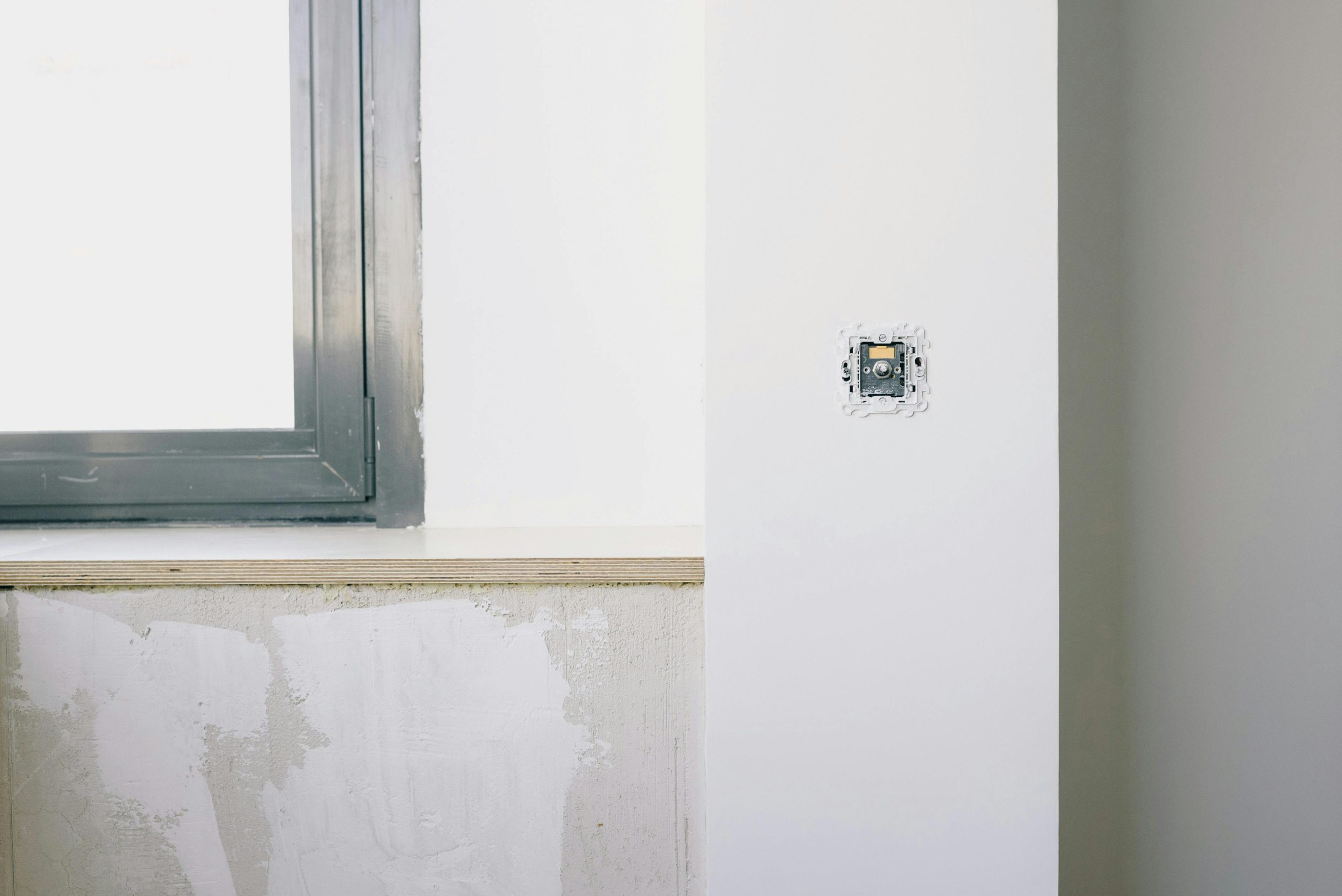Troubleshooting Guide: Installing Windows 11 on a Fresh System
Recently, many users have encountered difficulties when attempting to install or upgrade to Windows 11 on newly set-up or recently reset systems. If you find yourself in a similar situation, involving issues with Secure Boot and UEFI settings, this article aims to provide a clear, professional guide to troubleshoot and resolve these common problems.
Understanding the Challenges
One common issue is that system tools like PC Health Check indicate that Secure Boot is disabled, and system information tools such as msinfo32 show the BIOS mode as Legacy rather than UEFI. Since Windows 11 requires UEFI firmware with Secure Boot enabled, these discrepancies can prevent a successful installation or upgrade.
Key Points to Check
- BIOS/UEFI Settings
Ensure that your BIOS is configured to support UEFI mode and Secure Boot:
- Boot into your BIOS/UEFI firmware settings during startup (commonly by pressing F2, F10, DEL, or ESC keys).
- Locate the “OS Type” setting and set it explicitly to “Windows UEFI mode” or similar.
- Confirm that Secure Boot is enabled or set to “Standard” mode.
-
Check that “TPM” or “PTT” (Platform Trust Technology) is enabled, as this is a requirement for Windows 11.
-
Verify Secure Boot Status
-
Use system information tools:
- Press Windows key + R, type
msinfo32, and press Enter. - Under “Secure Boot State,” verify whether Secure Boot is marked as “On” or “Off.”
-
If Secure Boot is off, and your BIOS settings show it as enabled, it may be necessary to update your BIOS firmware or reset BIOS to default settings, then reconfigure.
-
Storage Mode Configuration
-
Ensure that your storage controller is set to UEFI mode rather than Legacy BIOS or Compatibility Support Module (CSM) mode. This setting is typically found in the BIOS under “Boot” or “Storage” options.
-
Confirm Boot Mode and Disk Partition Style
-
Your disk should use GPT partition style for UEFI mode:
- Open Command Prompt as administrator.
- Run:
diskpart - Then:
list disk - Select your disk:
select disk 0(or the appropriate disk number) - Check the partition style:
- If
GPTis listed under “Partition Style,” you’re set. - If
MBR
- If
Share this content:



